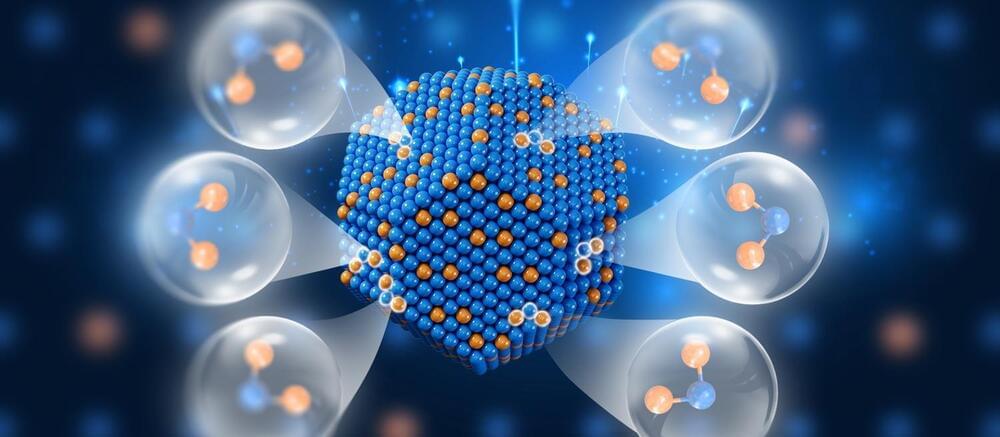Bimetallic particles, made from a combination of a noble metal and a base metal, have unique catalytic properties that make them highly effective for selective heterogeneous hydrogenation reactions. These properties arise from their distinctive geometric and electronic structures. For hydrogenation to be both effective and selective, it requires specific interactions at the molecular level, where the active atoms on the catalyst precisely target the functional group in the substrate for transformation.
Nanoscale Engineering and Electronic Structure Tuning
Scaling these particles down to nanoscale atomic clusters or single-atom alloys further enhances their catalytic performance. This reduction in size increases surface dispersion and optimizes the use of noble metal atoms. Additionally, these nanoscale changes alter the electronic structure of the active sites, which can significantly influence the activity and selectivity of the reaction. By carefully adjusting the bonding between noble metal single atoms and the base metal host, researchers can create flexible environments that fine-tune the electronic properties needed to activate specific functional groups. Despite these advances, achieving atomically precise fabrication of such active sites remains a significant challenge.









Leave a reply